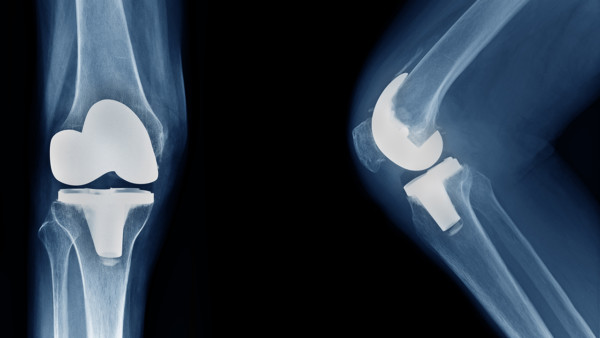No Driving After a Knee Replacement?

ChooChin/Shutterstock
There are many reasons to avoid a total knee replacement. One of the biggest is that a knee replacement is actually the amputation of the knee joint and the insertion of a prosthesis which would obviously have inherent major issues. But what effect does cutting out the entire joint and replacing it with a metal and plastic or a ceramic facsimile have on everyday activities like driving? Recent research has shown that one of the reasons you may want to avoid a knee replacement is that driving after a knee replacement could be a problem.
Knee replacements are still necessary for some patients as traumatic injury and the damage done to knees through multiple surgeries can leave no other option. Knee replacement complications are staggering in part due to the fact that they are preformed so widely despite the fact that studies have shown that 1 out of 3 knee replacements are performed with no medical basis. Alarmingly, the amount of patients disabled after knee replacement increased by 79% from 1993-2005. In one analysis, almost 1/4 of the patients from 2002-5 who got a knee replacement had moderate to severe pain two years later. Another recent study found that 54% of patients had knee pain 5 years after knee replacement surgery, and 87% of those patients’ knee pain developed only after surgery! Aside from the usual risks of this type of surgery, the risk of metal ion toxicity remains despite the knee replacement hardware industry’s evolving devices, a recent study showed the heart attack risk for men increases by 79% post procedure, and the threat of chronic pain is unacceptable.
The new study followed 40 total knee replacements patients (20 left knee, 20 right knee) from 8 days to 52 weeks and measured brake response time, to evaluate their ability to perform an emergency stop while driving. The study demonstrated that both brake force and response time were impacted and being responsible for being able to stop a car in an emergency is not something that should be considered until the patient is completely released from rehabilitation, often 2-3 months after the surgery.
The upshot? Given the nature of the surgery involved in knee replacement, it takes no stretch of the imagination to understand why strength and response time would be affected. For the percentage of people who truly require a knee replacement, don’t drive for at least two months. For those who have options left, given the risks…explore every option first!

If you have questions or comments about this blog post, please email us at [email protected]
NOTE: This blog post provides general information to help the reader better understand regenerative medicine, musculoskeletal health, and related subjects. All content provided in this blog, website, or any linked materials, including text, graphics, images, patient profiles, outcomes, and information, are not intended and should not be considered or used as a substitute for medical advice, diagnosis, or treatment. Please always consult with a professional and certified healthcare provider to discuss if a treatment is right for you.